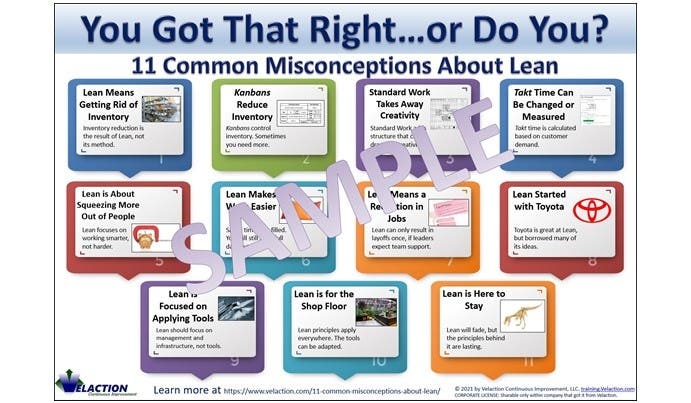Every product launch or process change has inherent risks associated with it. Managing those risks well can mean the difference between success and an ongoing battle against problems.
One tool at your disposal is the Failure Mode and Effects Analysis, commonly known as FMEA. It provides you with a systematic way to look at the potential problems you will encounter and prioritize them based on a combination of severity, likelihood of occurrence, and the difficulty to discover the failure.
View the full course curriculum and additional information at CI Central.
You will receive an email with a link to download your digital product. This link will expire after 3 downloads.
This products contained in this download pack come with corporate licenses which allow you to share the product within your company only.
The licenses are automatically assigned to the company name used in the purchase of the product, or if no company included in the purchase, to the company email used in the transaction. If a personal email is used, the license must be manually assigned.
The license is permanent and non-transferable. It is valid only for single reporting units of companies under 20,000 people. For example, that means that a holding company would need licenses for each company in its portfolio.



















